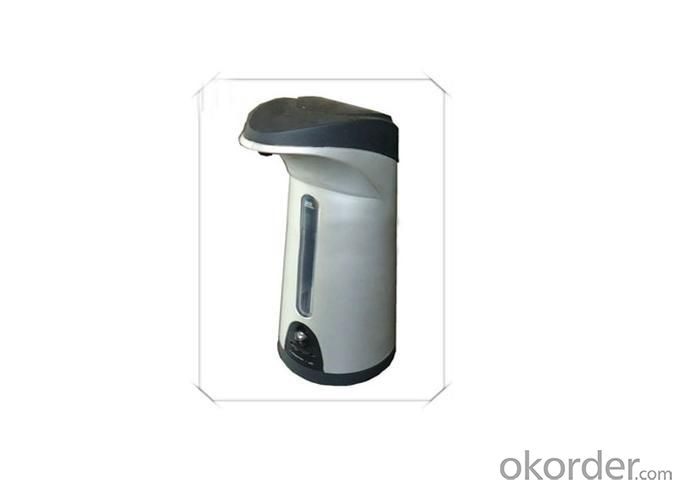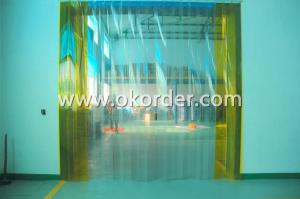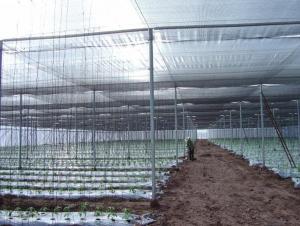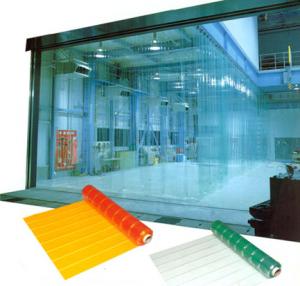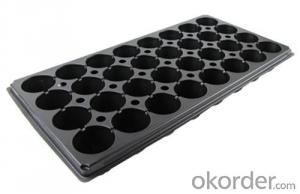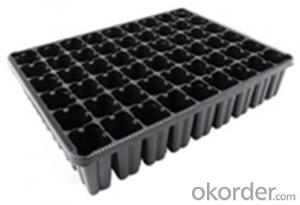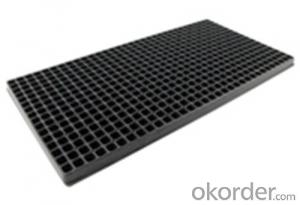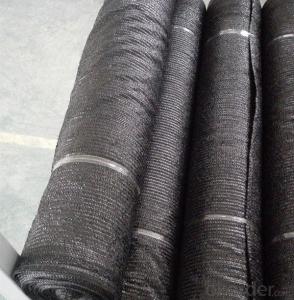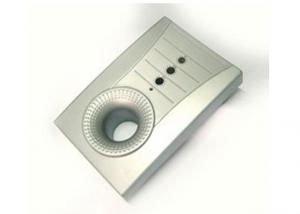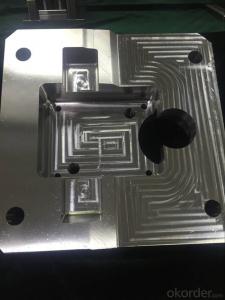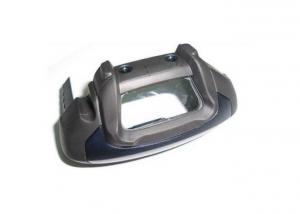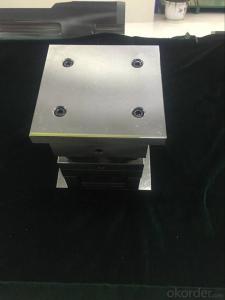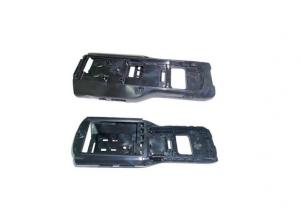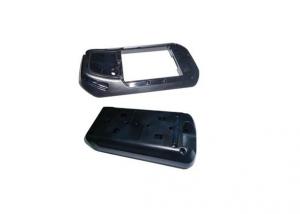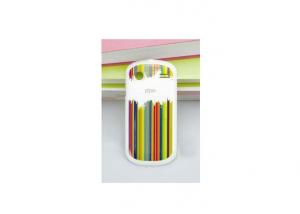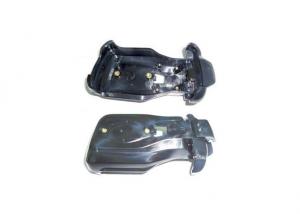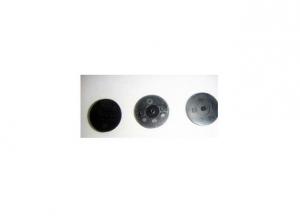China Plastic Injection Mould for Air Disinfection Machine
- Loading Port:
- China Main Port
- Payment Terms:
- TT or LC
- Min Order Qty:
- 1 Set set
- Supply Capability:
- 100 Sets per Month set/month
OKorder Service Pledge
OKorder Financial Service
You Might Also Like
Detailed Product Description
1) Part material is PP
2) Part Size is 350*300*70
3) Cold Runner Gate
Plastic injection mould for air disinfection machine
Name |
Plastic injection Mould products |
Plastic material |
ABS,PC,ABS+PC,PA66,HIPS,PE,PP…etc |
Cavity & Core |
NAK80,S136 HRC48~52° |
Mould base |
LKM , HASCO |
Nos of Cavity |
As customer rquest |
Mould Standard |
DME, HASCO |
Mould Runner |
Hot Runner,Cold Runner … |
Surface finish |
Texture, High glossy ,Painting,Chrome Plating |
Delivery time |
20-35 Days |
Mould Packing |
Wooden Box or as your requirement |
Our Advantages:
-- Competitive price.
-- Professional, excellent, but simple design.
-- High quality, reliability and long mould life.
-- Professional customised R&D program.
-- Diverse and mature craft.
-- Continuous service and supply.
-- Strict quality management.
-- High-quaity and integrated equipments:
-- High-speed processing center.
--Sodick wire cutting.
--Sodick cnc sinker EDM, EROWA Tooling System.
--40 sets plastic machinery with 80-1600MT.
-- All our operations satify the standard of ISO9001:2008 certification.
-- Exported products comply to requirements of Rohs certificate.
- Q: How does electronic plastic contribute to miniaturization of electronic devices?
- Electronic plastic, also known as organic or flexible electronics, plays a crucial role in the miniaturization of electronic devices. Its unique properties allow for the fabrication of smaller and more flexible components, enabling the creation of compact and lightweight devices. Unlike traditional rigid materials, electronic plastic can be easily molded into various shapes, allowing for greater design flexibility and integration into smaller spaces. This material also possesses excellent electrical conductivity, which makes it suitable for manufacturing miniature circuits and transistors. Additionally, electronic plastic offers the advantage of low-cost production and compatibility with large-scale manufacturing processes, making it an ideal choice for mass production of miniaturized electronic devices. Overall, electronic plastic contributes significantly to the miniaturization of electronic devices by providing the necessary flexibility, compactness, and cost-effectiveness required in today's technology-driven world.
- Q: What are the thermal conductivity properties of electronic plastic?
- The thermal conductivity properties of electronic plastic typically vary depending on the specific composition and additives used. However, electronic plastics generally have lower thermal conductivity compared to metals and ceramics. This means that they are not efficient in conducting heat and may retain or trap heat within electronic components, potentially leading to overheating issues.
- Q: What are the fire safety regulations for electronic plastic in electronic devices?
- The fire safety regulations for electronic plastic in electronic devices are typically governed by international standards and regulations such as the UL 94 flammability standard. This standard specifies the tests and criteria that electronic plastic materials must meet in order to be considered fire-safe, including flame resistance, ignition resistance, and self-extinguishing properties. Compliance with these regulations ensures that electronic devices are built with materials that minimize the risk of fire and meet safety requirements.
- Q: Can electronic plastic be used in electronic batteries and chargers?
- Yes, electronic plastic can be used in electronic batteries and chargers. Electronic plastic, also known as conductive or electroactive polymers, possess unique electrical properties that make them suitable for use in batteries and chargers. These polymers can conduct electricity and store energy efficiently, making them an ideal choice for various electronic components. Additionally, electronic plastic is lightweight, flexible, and can be easily molded into different shapes, making it highly versatile for use in batteries and chargers.
- Q: Can electronic plastic be used in robotics or automation electronics?
- Yes, electronic plastic can be used in robotics or automation electronics. Electronic plastic, also known as conductive plastic, is a versatile material that can be used for a wide range of applications including electrical connections, sensors, and circuitry in robotics and automation electronics. It offers advantages such as flexibility, durability, and lightweight properties, making it suitable for various components and devices in these fields.
- Q: What are the alternatives to electronic plastic?
- Some of the alternatives to electronic plastic include bioplastics made from renewable resources such as corn starch, bamboo, or seaweed, as well as natural materials like wood or metal. Additionally, sustainable design practices focusing on reducing electronic waste and promoting repairability are gaining popularity as alternatives to traditional plastic electronics.
- Q: Does electronic plastic have any impact on the electromagnetic field of electronic devices?
- Yes, electronic plastic can have an impact on the electromagnetic field of electronic devices. Electronic plastic materials can affect the transmission and reception of electromagnetic waves due to their electrical conductivity or insulating properties. They can either shield or amplify electromagnetic fields depending on their composition and usage.
- Q: Can electronic plastic be used in aerospace electronics?
- Yes, electronic plastic can be used in aerospace electronics. It is a lightweight and versatile material that can withstand the demanding conditions of aerospace environments, including high temperatures, vibrations, and electromagnetic interference. Electronic plastic is often used in aerospace applications for components such as connectors, insulators, and housings, contributing to the overall efficiency and performance of aerospace electronics.
- Q: Are there any limitations to the use of electronic plastic?
- Yes, there are several limitations to the use of electronic plastic. Firstly, electronic plastic is not as durable as traditional materials like metal or glass, making it more susceptible to damage and wear over time. Secondly, electronic plastic has limitations in terms of heat resistance, which can restrict its use in high-temperature applications. Additionally, electronic plastic may not provide the same level of electrical conductivity as other materials, which can impact its effectiveness in certain electronic devices. Finally, the production and disposal of electronic plastic can have negative environmental impacts, as it often contains hazardous substances and is not easily recyclable.
- Q: What are the specific requirements for electronic plastic in robotics?
- The specific requirements for electronic plastic in robotics include the need for high thermal stability to withstand the heat generated by electronic components, good electrical insulation properties to prevent short circuits, and high mechanical strength to withstand the stresses and vibrations in robotic applications. Additionally, electronic plastic should have excellent dimensional stability to ensure precise assembly and operation of robotic systems, as well as resistance to chemicals and moisture to protect sensitive electronic components from damage.
1. Manufacturer Overview
| Location | Guangdong, China (Mainland) |
| Year Established | 2010 |
| Annual Output Value | |
| Main Markets | North America South America Eastern Europe Southeast Asia Africa Eastern Asia Western Europe Central America Northern Europe Southern Europe South Asia |
| Company Certifications |
2. Manufacturer Certificates
| a) Certification Name | |
| Range | |
| Reference | |
| Validity Period |
3. Manufacturer Capability
| a) Trade Capacity | |
| Nearest Port | Osaka Japan,Ravenna Italy,Montreal American |
| Export Percentage | 61% - 70% |
| No.of Employees in Trade Department | 6-10 People |
| Language Spoken: | English, Chinese |
| b) Factory Information | |
| Factory Size: | 5,000-10,000 square meters |
| No. of Production Lines | Above 10 |
| Contract Manufacturing | OEM Service Offered |
| Product Price Range | |
Send your message to us
China Plastic Injection Mould for Air Disinfection Machine
- Loading Port:
- China Main Port
- Payment Terms:
- TT or LC
- Min Order Qty:
- 1 Set set
- Supply Capability:
- 100 Sets per Month set/month
OKorder Service Pledge
OKorder Financial Service
Similar products
Hot products
Hot Searches
Related keywords

